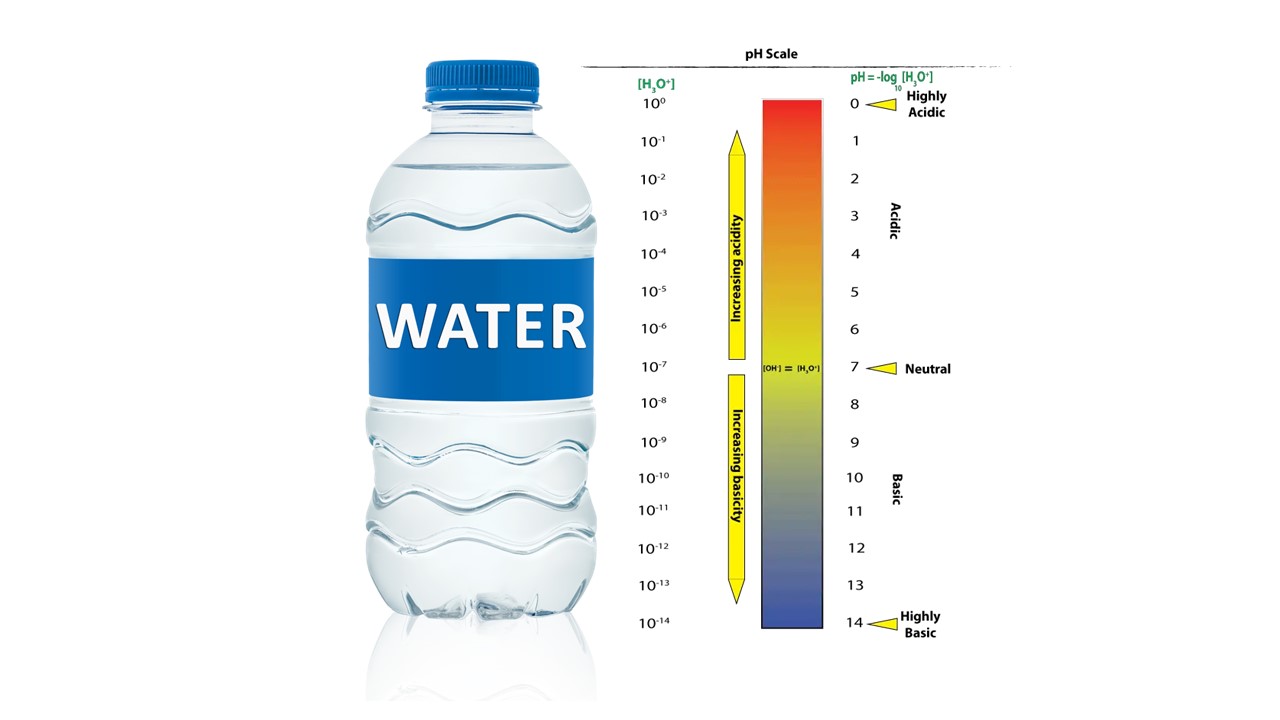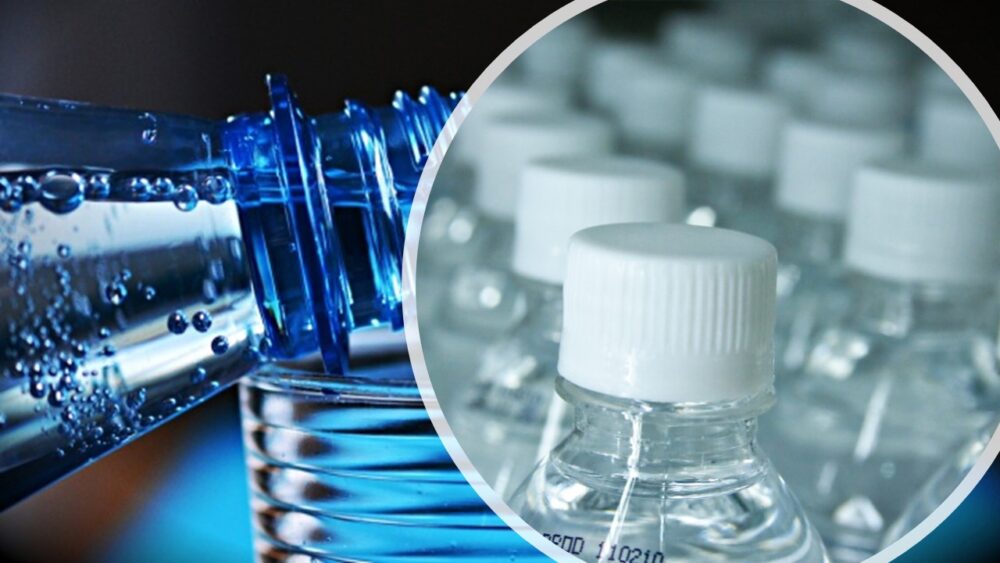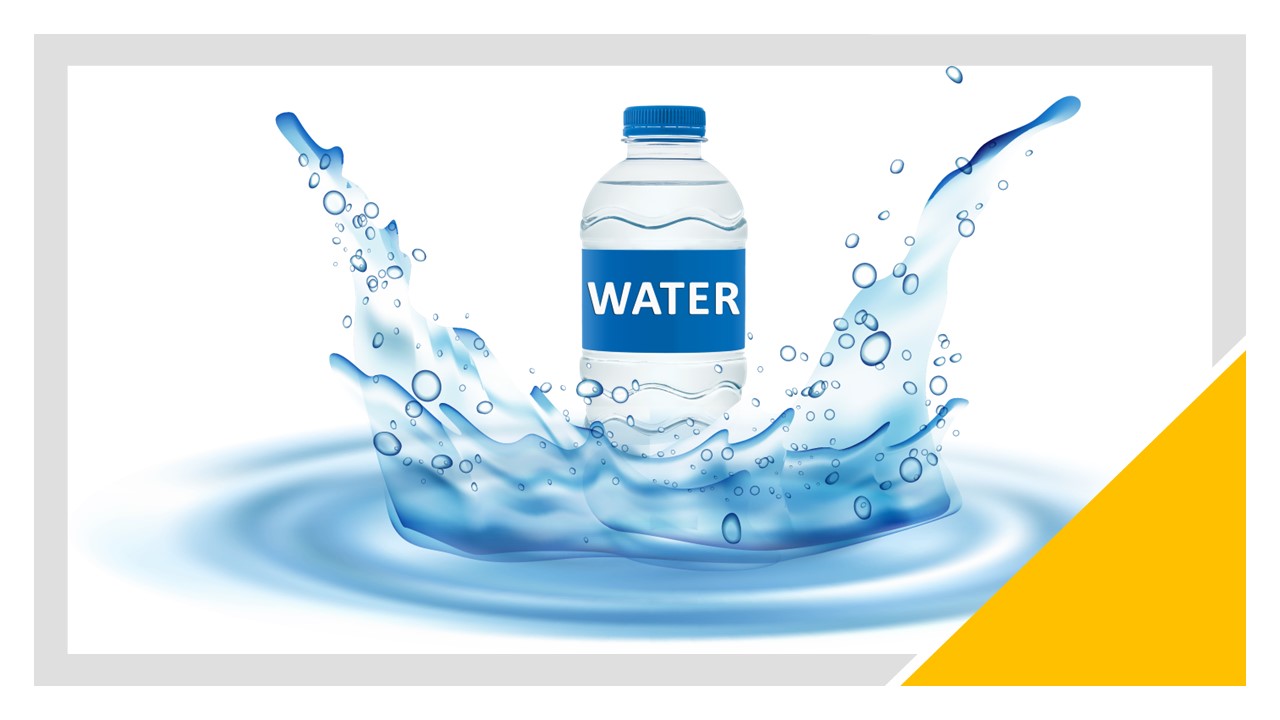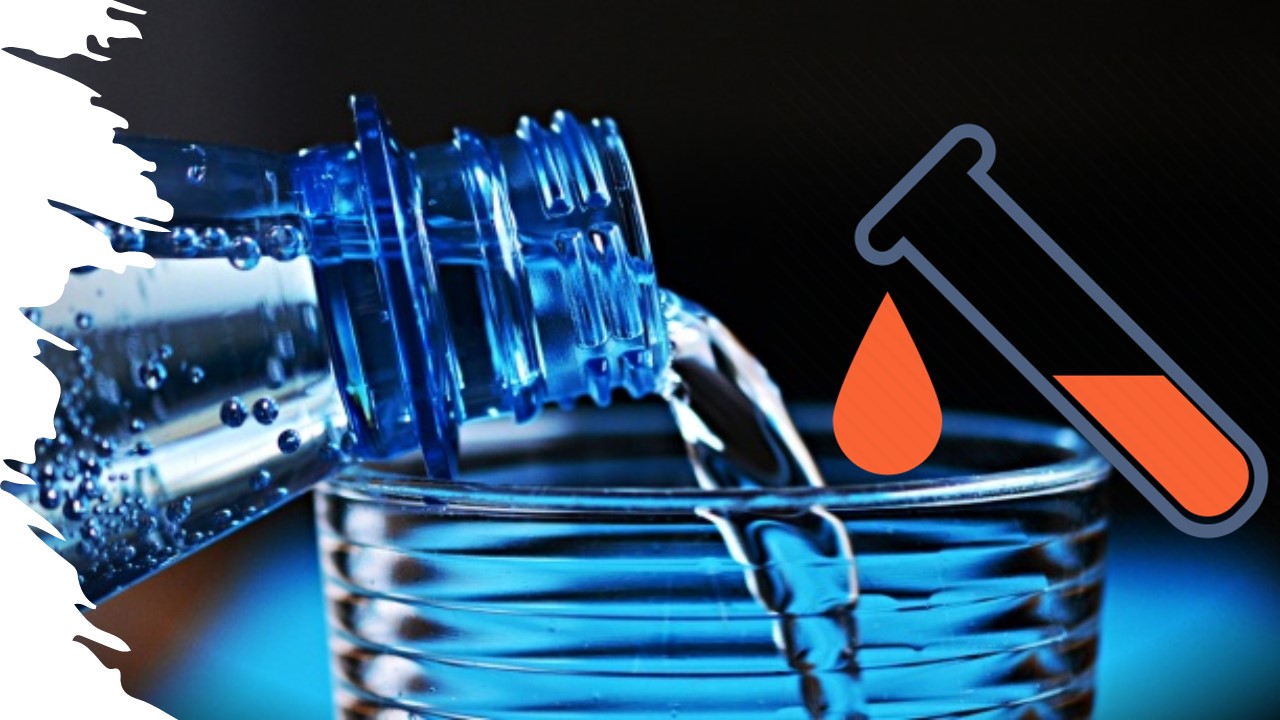What Is The Difference Between Drinking Water And Purified Water
What is the Difference Between Drinking Water and Purified Water? In a world of bottled beverages, it’s easy to get lost in the lingo, especially when it comes to water. So, what exactly is the difference between drinking water and purified water?
Drinking water, contains all the elements naturally present in the source water, which could include minerals, salts, and even contaminants. Purified water, on the other hand, is like a carefully curated menu, meticulously crafted to remove impurities while retaining some beneficial elements.
Join us as we delve into the world of water, exploring what is the differences between drinking water and purified water, unraveling the mysteries of purification processes, and uncovering the truth behind the bottled water craze. We’ll guide you through the maze of water options, empowering you to make informed decisions about your hydration habits.
What Is The Difference Between Drinking Water And Purified Water
| Criteria | Drinking Water | Purified Water |
| Source | Lakes, rivers, wells, aquifers | Varied sources, undergoes purification process |
| Treatment Process | Treatment to meet safety standards | Extensive purification processes |
| Minerals and Additives | May contain natural minerals and additives | Typically free from minerals and additives |
| Purpose | General consumption | Specialized uses, including medical and laboratory applications |
| Taste and Odor | May have variations based on source | Typically neutral, without distinct taste or odor |
| Health Considerations | Natural minerals may have health benefits | Emphasis on removal of contaminants for health and safety |
| Environmental Impact | Varies based on source and treatment | May have a higher environmental impact due to purification processes |
Here’s a more detailed explanation of the differences between drinking water and purified water:
What Is Drinking Water
Drinking water is water that is safe to drink and meets all applicable drinking water regulations. It can come from a variety of sources, including tap water, bottled water, and spring water. Tap water is the most common source of drinking water and is treated to remove harmful contaminants.
Bottled water is often filtered or purified, but it can also be tap water that has been bottled and sold. Spring water is naturally filtered underground and is often considered to be a healthier option than tap water or bottled water.
What Is Purified Water
Purified water is water that has undergone a purification process to remove impurities and contaminants. This process can involve a variety of methods, such as filtration, reverse osmosis, and distillation.
Purified water is often used in industries that require water of high purity, such as the pharmaceutical and food processing industries. It is also becoming increasingly popular for home use, as people become more aware of the potential health risks of drinking contaminated water.
The main difference between drinking water and purified water is the level of purification. Drinking water may or may not have undergone any purification treatment, while purified water has undergone a rigorous purification process that removes most impurities.
Drinking water may also contain naturally occurring minerals, while some minerals may be removed during the purification process of purified water.
In general, purified water is considered to be safer to drink than drinking water. However, it is important to note that not all purified water is created equal.
Some purification processes are more effective than others at removing contaminants. It is also important to choose a reputable source of purified water, as some sources may not be as pure as they claim to be.
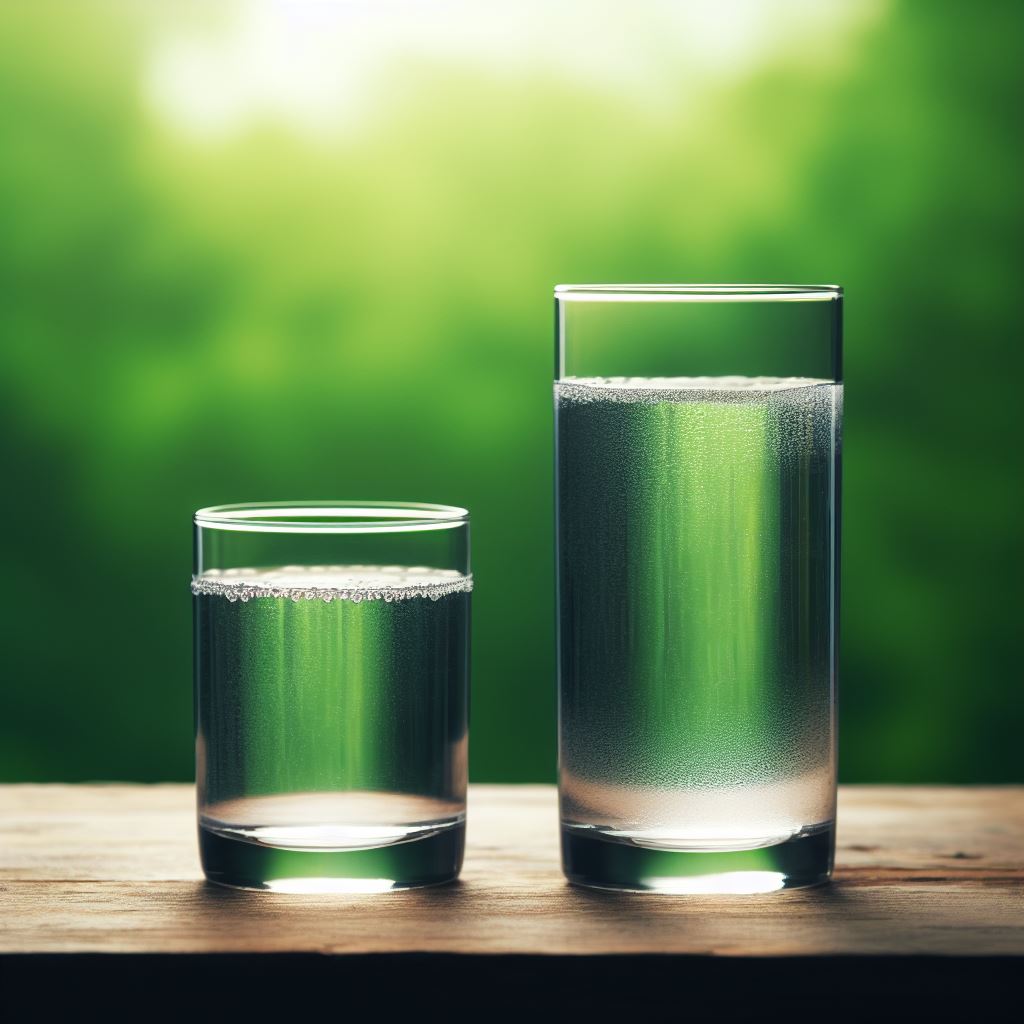
Which Is Better, Drinking Water Or Purified Water?
The choice between drinking water and purified water depends on your individual needs and preferences. Here is a breakdown of the pros and cons of each type of water, as well as factors to consider when making your decision:
1. Drinking Water
Pros
- Readily available and less expensive: Drinking water is typically the most accessible and affordable option, as it is readily available through municipal water systems and can be found in most stores and restaurants.
- Contains beneficial minerals: Drinking water often contains naturally occurring minerals, such as calcium, magnesium, and potassium, which are essential for good health.
- Regulated for safety: Public drinking water systems are subject to stringent regulations to ensure that the water is safe to drink.
Cons
- May contain contaminants: Drinking water may contain trace amounts of contaminants, such as lead, chlorine, and pesticides.
- Taste may vary: The taste of drinking water can vary depending on the source and mineral content.
2. Purified Water
Pros
- Removes most contaminants: Purified water has undergone a rigorous purification process that removes most impurities, including bacteria, viruses, chemicals, and minerals.
- Taste is often neutral: Purified water often has a neutral taste, which some people prefer.
- May be beneficial for people with health conditions: Purified water may be beneficial for people with certain health conditions, such as those who are immunocompromised or have kidney disease.
Cons
- Can be more expensive: Purified water can be more expensive than drinking water, especially if bottled.
- May remove beneficial minerals: Some purification processes may remove beneficial minerals from the water.
- Not always necessary: Purified water is not always necessary, as public drinking water is typically safe to drink.
Factors To Consider When Choosing The Right Water For Consumption
When deciding whether to drink drinking water or purified water, consider the following factors:
- Your health: If you have any health concerns, talk to your doctor about which type of water is best for you.
- Your budget: If you are on a budget, drinking water is typically the more affordable option.
- Your taste preferences: If you prefer a neutral-tasting water, purified water may be a better option for you.
- Your access to purified water: If you have easy access to purified water, you may choose to drink it more often.
In the end, the best way to decide which type of water to drink is to talk to your doctor and consider your individual needs and preferences.
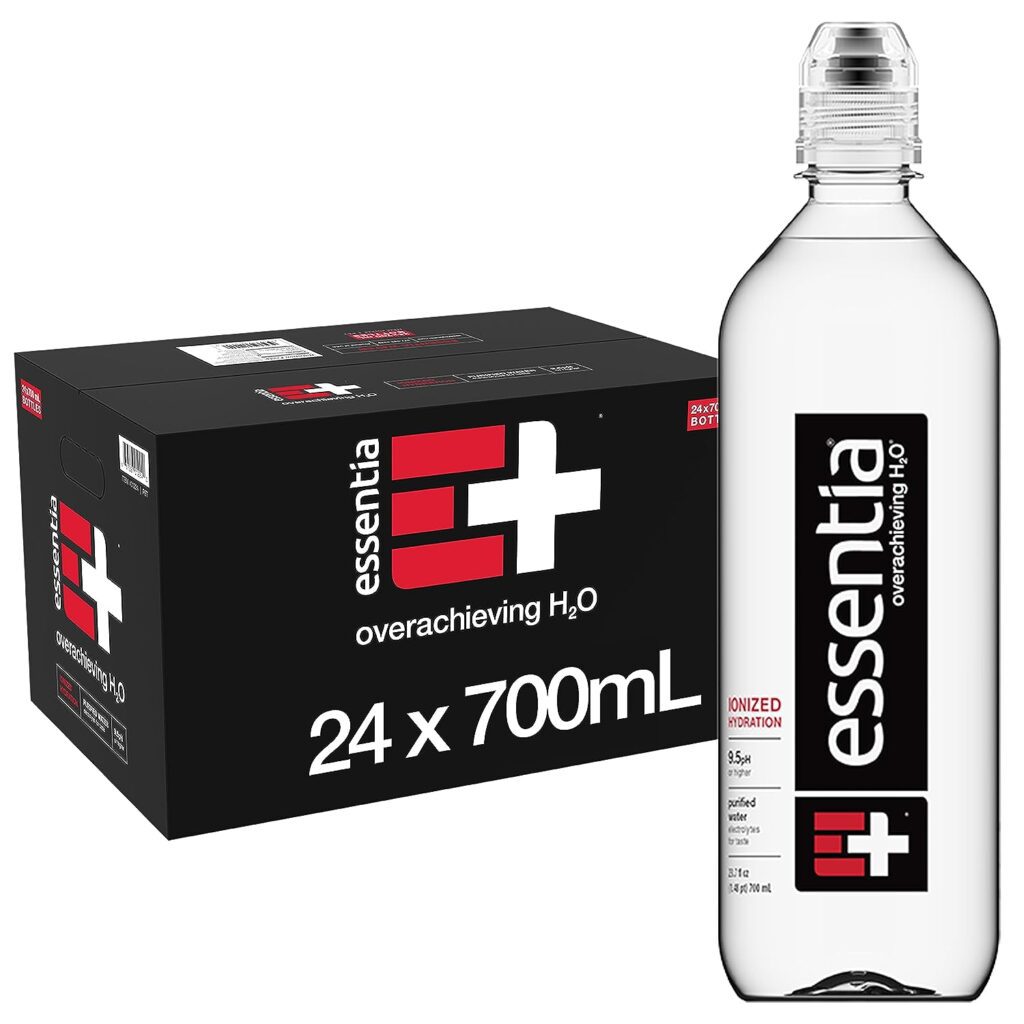
The Different Types Of Drinking Water
There are various types of drinking water, each with its own characteristics and sources. Here are explanations of some common types:
1. Tap Water
Source: Comes from the local municipal water supply and is treated to meet safety standards.
Treatment: Typically treated with disinfectants and filtration to remove impurities.
Pros: Readily available, cost-effective, and subject to local regulations for safety.
Cons: Taste can vary based on location, and there may be concerns about contaminants in some areas.
2. Bottled Water
Source: Can be sourced from springs, wells, or municipal supplies, depending on the brand.
Treatment: Undergoes filtration and purification processes, and some types may be enhanced with minerals.
Pros: Convenient, portable, and often comes in various formulations (e.g., mineral, purified, spring).
Cons: Environmental impact due to plastic waste, costlier than tap water, and quality can vary between brands.
3. Spring Water
Source: Originates from a natural spring, where water emerges from the ground.
Treatment: Typically undergoes minimal processing to retain natural minerals and characteristics.
Pros: Often considered clean and refreshing, may contain beneficial minerals.
Cons: Quality can vary, and there may still be a risk of contaminants depending on the spring source.
4. Well Water
Source: Comes from private wells and is typically groundwater.
Treatment: May be naturally filtered through the ground, but quality can vary based on geological conditions.
Pros: May have a distinct taste and contain natural minerals.
Cons: Requires regular testing, susceptibility to contamination from nearby sources, and quality can be inconsistent.
5. Distilled Water
Source: Created through the process of distillation, where water is heated, vaporized, and then condensed.
Treatment: Removes impurities, minerals, and contaminants, resulting in high purity.
Pros: Virtually free of contaminants, suitable for specific applications like medical use or laboratory work.
Cons: Lacks minerals that may be beneficial for health, and the taste may be flat to some.
6. Alkaline Water
Source: Can be tap water that undergoes an ionization process to increase alkalinity.
Treatment: Ionization or electrolysis to raise the pH level.
Pros: Some believe it offers health benefits, including neutralizing acid in the body.
Cons: Limited scientific evidence to support health claims, and taste preferences vary.
When choosing the type of drinking water, considerations should include taste preferences, health needs, environmental impact, and accessibility. It’s also important to be aware of local water quality regulations and conduct regular testing if using well water.
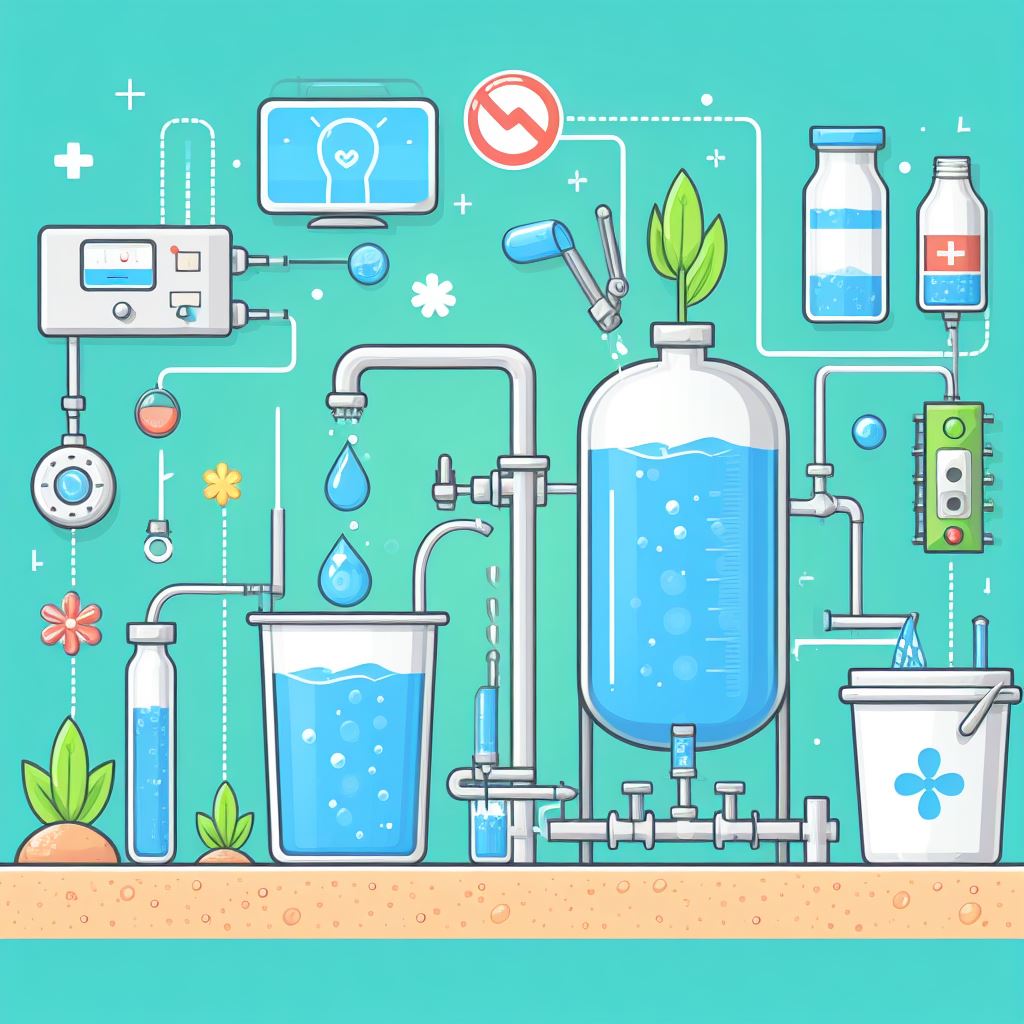
The Different Types Of Purification Processes
Various purification processes are employed to ensure the removal of impurities and contaminants from water, making it safe for consumption. Here are explanations of some common purification methods:
1. Filtration
Process: Water is passed through a filter that traps and removes particles, sediments, and larger impurities.
Effective Against: Suspended solids, sand, silt, and some larger microorganisms.
Pros: Simple and cost-effective method; retains essential minerals in water.
Cons: May not effectively remove dissolved contaminants or very small particles.
2. Reverse Osmosis (RO)
Process: Water is forced through a semi-permeable membrane, which selectively allows water molecules to pass while blocking contaminants.
Effective Against: Dissolved salts, minerals, heavy metals, bacteria, and some larger organic molecules.
Pros: Highly effective in removing a wide range of contaminants; widely used for residential and industrial purposes.
Cons: Wastes water during the purification process; removes beneficial minerals; requires maintenance.
3. Distillation
Process: Water is heated to create steam, which is then condensed back into liquid form, leaving impurities behind.
Effective Against: Most contaminants, including bacteria, viruses, minerals, and some chemicals.
Pros: Effective in removing a broad spectrum of impurities; produces high-purity water.
Cons: Energy-intensive process; removes minerals that may be beneficial for health.
4. UV (Ultraviolet) Purification
Process: Water is exposed to UV light, which damages the DNA of microorganisms, rendering them unable to reproduce.
Effective Against: Bacteria, viruses, and other microorganisms.
Pros: Chemical-free method; does not alter water taste or composition; effective against a wide range of microorganisms.
Cons: Does not remove non-living contaminants or impurities; requires electricity.
5. Activated Carbon Filtration
Process: Water passes through activated carbon, which adsorbs organic compounds, chlorine, and some chemicals.
Effective Against: Organic compounds, chlorine, some chemicals, and taste- and odor-causing substances.
Pros: Improves taste and odor of water; effective in removing certain chemicals.
Cons: May require periodic replacement of the carbon filter; limited effectiveness against inorganic contaminants.
6. Ion Exchange
Process: Ions in water are exchanged with similarly charged ions in a resin or exchange material, removing certain minerals.
Effective Against: Hardness minerals (calcium and magnesium).
Pros: Softens water by removing hardness minerals; can be part of water softening systems.
Cons: Limited effectiveness against other contaminants; requires regeneration of the exchange material.
Choosing the appropriate purification method depends on the specific contaminants in the water, the desired water quality, and the intended use of the water. Combining multiple purification methods in a water treatment system is also common for achieving comprehensive water purification.
The Quality Standards For Drinking Water
Quality standards for drinking water are established to ensure that water provided to the public is safe for consumption and meets specified health guidelines.
These standards are set by regulatory bodies, and they may vary by region due to differences in local conditions, water sources, and regulatory frameworks. Here are some key aspects of drinking water quality standards and how they may vary:
Regulatory Agencies
1. United States: In the United States, the Environmental Protection Agency (EPA) sets and enforces national standards for drinking water under the Safe Drinking Water Act (SDWA). The EPA establishes Maximum Contaminant Levels (MCLs) for various contaminants.
2. European Union: The European Union sets drinking water standards through the Drinking Water Directive, which outlines quality parameters and MCLs for member states.
3. World Health Organization (WHO): The WHO provides international guidelines for drinking water quality, serving as a reference for many countries.
Parameters and Contaminants
Different regions may have different priorities and concerns regarding water contaminants. For example, areas with industrial activity might have stricter standards for industrial pollutants, while agricultural regions may focus on pesticides and nitrates.
Parameters include microbiological contaminants (bacteria, viruses), chemical contaminants (heavy metals, pesticides, and organic chemicals), physical parameters (turbidity, color), and radiological contaminants.
Geographical and Climate Factors
Regions with different climates may face unique challenges. For example, tropical regions may be more prone to waterborne diseases, and arid areas might face issues related to water scarcity.
Geographic factors such as proximity to industrial areas, agricultural activities, and natural geological conditions can influence the types and levels of contaminants present in water sources.
Local Infrastructure
The quality of drinking water can be influenced by the condition of local water treatment and distribution infrastructure. Older infrastructure may pose challenges in maintaining water quality during distribution.
Adequate water treatment facilities and regular maintenance are crucial to meeting and maintaining drinking water quality standards.
Community Needs and Preferences
Local communities may have specific needs and preferences that influence water quality standards. For example, regions with a high prevalence of certain health conditions may set standards that address those specific concerns.
Cultural factors and local preferences may also play a role in determining acceptable water quality parameters.
Emerging Contaminants and Research
Advances in scientific research may lead to the identification of new contaminants or changes in understanding the health effects of existing ones. Regulatory standards may need to evolve to address emerging issues.
Regions with a strong focus on research and innovation may update their standards more frequently.
It’s essential for communities to regularly monitor and test their water sources to ensure compliance with established standards. Periodic revisions to standards may occur as scientific knowledge advances, and regions strive to provide safe and reliable drinking water to their populations.
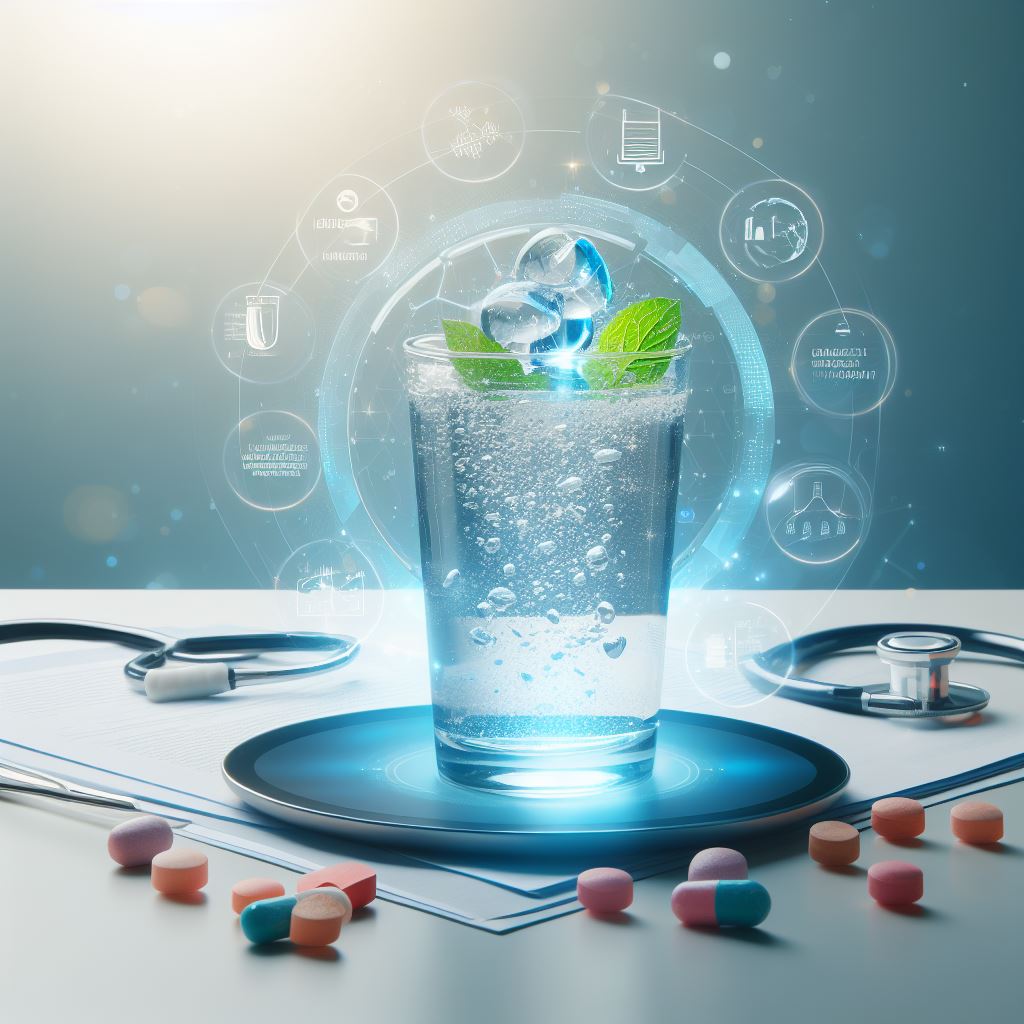
Tips For Choosing The Best Type Of Water To Drink
Choosing the best type of water to drink depends on various factors, including personal preferences, health considerations, and environmental impact. Here are some tips to help you make an informed decision:
1. Understand Your Local Water Quality
Learn about the quality of your tap water. Municipal water supplies are often rigorously tested and regulated. Check water quality reports provided by local authorities to understand any potential contaminants.
2. Consider Your Health Needs
If you have specific health concerns or conditions, consult with a healthcare professional. Some individuals may benefit from water with added minerals, while others might need water that is purified and free from certain elements.
3. Environmental Impact
Consider the environmental impact of your water choice. Bottled water, for example, often results in plastic waste. If environmental sustainability is a priority, you might opt for reusable containers or focus on local, sustainable sources.
4. Evaluate Filtration Needs
If you’re concerned about contaminants in your tap water, consider using a water filter. Various filtration methods, such as activated carbon filters or reverse osmosis systems, can help improve water quality.
5. Know the Source
Understand where your water comes from. Whether it’s tap water, spring water, or well water, knowing the source can give you insights into the potential mineral content, taste, and any specific treatment processes.
6. Read Bottled Water Labels
If you choose bottled water, read the labels to understand its source and treatment process. Different types of bottled water, such as spring water, purified water, or mineral water, may undergo distinct purification methods.
7. Consider Taste Preferences
Taste can be a significant factor in choosing water. Some people prefer the taste of spring water, while others may find purified or filtered water more neutral. Experiment to find what you enjoy.
8. Balance Mineral Content
Both too many and too few minerals can affect the taste and potential health benefits of water. Balanced mineral content is generally considered beneficial. Natural sources like spring water may contain minerals, while purified water might be stripped of them.
9. Be Informed About Purification Processes
If you opt for purified water, understand the purification process used. Whether it’s reverse osmosis, distillation, or another method, be aware of the potential impact on taste and mineral content.
10. Consider Your Lifestyle
Your lifestyle and daily activities may influence your water needs. For example, if you’re physically active, you may prioritize hydration and choose water that suits your activity level.
11. Stay Hydrated Consistently
Regardless of the type of water you choose, the most important aspect is to stay consistently hydrated. Water is essential for overall health, and ensuring an adequate intake is crucial.
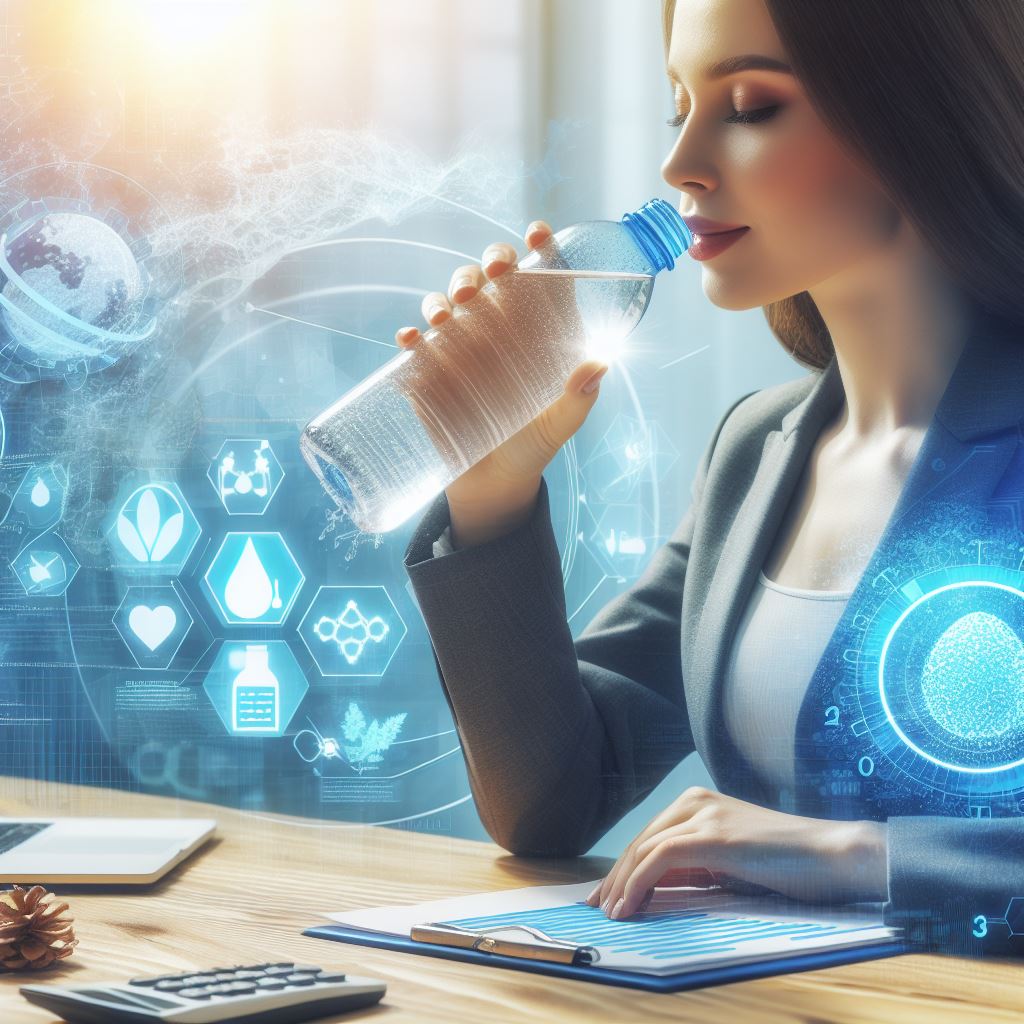
The Health Benefits Of Drinking Purified Water
Drinking purified water can offer several health benefits, as it undergoes a thorough purification process to remove impurities and contaminants. Here are some of the potential health advantages associated with consuming purified water:
1. Removal of Contaminants
Purified water undergoes filtration and purification processes such as reverse osmosis or distillation, which effectively remove various contaminants, including bacteria, viruses, parasites, chemicals, and heavy metals. This ensures that the water you consume is free from potentially harmful substances.
2. Reduced Risk of Waterborne Diseases
Purified water is less likely to harbor waterborne pathogens, reducing the risk of waterborne diseases. This is especially important in areas where water sanitation may be a concern.
3. Minimized Exposure to Chemicals
The purification process helps eliminate or reduce the concentration of potentially harmful chemicals in water, such as chlorine, fluorides, and pesticides. This can contribute to a reduction in your overall exposure to these substances.
4. Better Hydration
Purified water provides clean and clear hydration without the taste or odor of certain minerals or impurities. Some people find purified water more palatable, which can encourage increased water consumption and better hydration.
5. Suitability for Sensitive Individuals
Individuals with certain health conditions or sensitivities may benefit from consuming purified water. For example, people with compromised immune systems or specific allergies may find purified water a safer choice.
6. Support for Detoxification
Purified water can be part of a detoxification regimen, as it helps flush toxins from the body. The absence of impurities allows the body to more effectively eliminate waste through natural detox processes.
7. Improved Taste and Odor
Purified water often has a neutral taste and lacks the distinct odor that can be present in untreated or less treated water. This can make it more appealing and encourage consistent water intake.
8. Potential Benefits for Skin Health
Some individuals report improvements in skin health when consuming purified water. By avoiding the potential contaminants found in untreated water, skin conditions related to water quality may see positive changes.
9. Support for Overall Wellness
Consuming clean, purified water is a fundamental aspect of overall wellness. Proper hydration is essential for various bodily functions, including digestion, circulation, temperature regulation, and nutrient transport.
10. Reduced Caloric Intake
Choosing purified water over sugary or calorie-laden beverages can contribute to weight management and overall health. It provides hydration without added sugars, artificial sweeteners, or unnecessary calories.
While purified water offers these potential health benefits, it’s important to note that individual needs and preferences may vary. Additionally, the quality of purified water depends on the specific purification methods used.
It’s advisable to be informed about the purification process and ensure that it aligns with your health goals. Consulting with a healthcare professional can provide personalized advice based on your specific health circumstances.
Misconceptions Or Myths About Drinking Water And Purified Water
Several misconceptions and myths surround the topic of drinking water and purified water. Clarifying these misunderstandings is crucial for making informed choices about water consumption. Here are some common myths:
Myth: Purified Water Has No Minerals and Is Unhealthy
Reality: While purified water undergoes processes to remove impurities, including minerals, it doesn’t mean it is unhealthy.
Minerals in water are not the primary source of nutrients for the body, and a well-balanced diet typically provides sufficient minerals. Purified water can be a safe and healthy choice, especially in areas with water quality concerns.
Myth: All Bottled Water is Purified and Safer Than Tap Water
Reality: Not all bottled water undergoes the same level of purification. Different types of bottled water, such as spring water, mineral water, or purified water, have varying sources and treatment processes. Some bottled water is essentially tap water that may or may not undergo additional treatment.
Myth: Drinking Too Much Water Is Always Beneficial
Reality: While staying hydrated is essential, excessive water consumption without regard to individual needs can lead to a condition called hyponatremia. This is a rare but potentially dangerous condition where the balance of electrolytes in the body is disrupted.
Myth: Only Clear Water Is Safe to Drink
Reality: The clarity of water does not necessarily indicate its safety. Safe drinking water can be clear or slightly cloudy. Impurities and contaminants are often invisible to the naked eye. Water should be tested for safety rather than relying on visual appearance alone.
Myth: Bottled Water Is Always Safer Than Tap Water
Reality: In many developed countries, tap water is subject to strict regulations and testing, making it safe for consumption. Bottled water may not always be subject to the same rigorous standards, and the quality can vary between brands.
Myth: Purified Water Causes Mineral Deficiency
Reality: While some minerals are removed during the purification process, the contribution of minerals from water to overall dietary intake is usually minimal. Most people obtain essential minerals from their diet, and the absence of minerals in purified water does not lead to deficiencies.
Myth: The More Water You Drink, the Better Your Kidneys Function
Reality: While staying hydrated is crucial for kidney health, excessive water intake does not necessarily improve kidney function. The kidneys are efficient at regulating water balance, and individual hydration needs vary. But less water is not good for your kidney, so follow this recommendation.
Myth: Purified Water Tastes Flat and Is Unpleasant
Reality: The taste of water is subjective, and some people prefer the neutral taste of purified water. The absence of certain minerals may make it taste different from other types of water, but it doesn’t necessarily mean it is unpleasant.
Myth: Boiling Water Makes It Completely Pure
Reality: Boiling water is effective in killing many microorganisms, but it does not remove chemicals or impurities. It is not a comprehensive purification method, and other processes like filtration or distillation may be necessary for complete purification.
Myth: You Only Need to Drink Water When You’re Thirsty
Reality: Thirst is a reliable indicator of dehydration, but waiting until you feel thirsty may not provide optimal hydration. It’s essential to drink water consistently throughout the day, especially in hot climates or during physical activity.
It’s important to critically evaluate information and seek reliable sources when it comes to water myths. Understanding the facts can help individuals make informed decisions about their water consumption for health and well-being.
Why Purified Water Is Bad For You (What Is The Difference Between Drinking Water And Purified Water)
Purified water, when produced through reputable and properly regulated processes, is generally safe and suitable for consumption. It undergoes purification methods such as distillation, reverse osmosis, or other filtration processes to remove impurities and contaminants.
However, it’s essential to clarify that purified water is not inherently “bad” for you. Here are some considerations:
1. Removal of Minerals
Claim: One argument against purified water is that it may lack minerals that are naturally present in other water sources.
Reality: While some minerals are indeed removed during the purification process, the contribution of minerals from water to overall dietary intake is usually minimal. People typically obtain essential minerals from their diet rather than relying on water as a primary source.
2. Flat Taste
Claim: Some people argue that purified water has a “flat” taste compared to water from natural sources like springs.
Reality: Taste preferences are subjective, and individuals may have different preferences for the taste of water. The absence of minerals can make purified water taste different from other types, but this doesn’t make it inherently bad.
3. Environmental Impact of Bottled Water
Claim: If purified water is obtained from bottled sources, the environmental impact of plastic waste is a concern.
Reality: This is a valid concern. The environmental impact of bottled water, including the production of plastic bottles and the disposal of waste, can be significant. Choosing alternatives like reusable containers or home filtration systems can mitigate this issue.
4. Potential for Overhydration
Claim: Some argue that drinking purified water may lead to overhydration.
Reality: While staying hydrated is essential, excessive water consumption without regard to your needs can lead to a condition called hyponatremia. It’s important to drink water in moderation and pay attention to your hydration needs.
5. Cost Considerations
Claim: Purchasing bottled purified water can be more expensive than using tap water.
Reality: This is true. Purified water, especially when bought in bottles, can be more costly than tap water. Using home filtration systems can be a cost-effective alternative.
It’s crucial to note that the potential drawbacks associated with purified water are often related to specific circumstances, preferences, or choices made by individuals, such as the source of purified water (bottled or home-filtered) and the chosen purification method.
Purified water, as part of a balanced and varied diet, is generally safe and does not pose inherent health risks.
If you have concerns about your water quality or purification methods, you should choose reputable sources, use certified filtration systems, and consult with healthcare professionals for personalized advice.
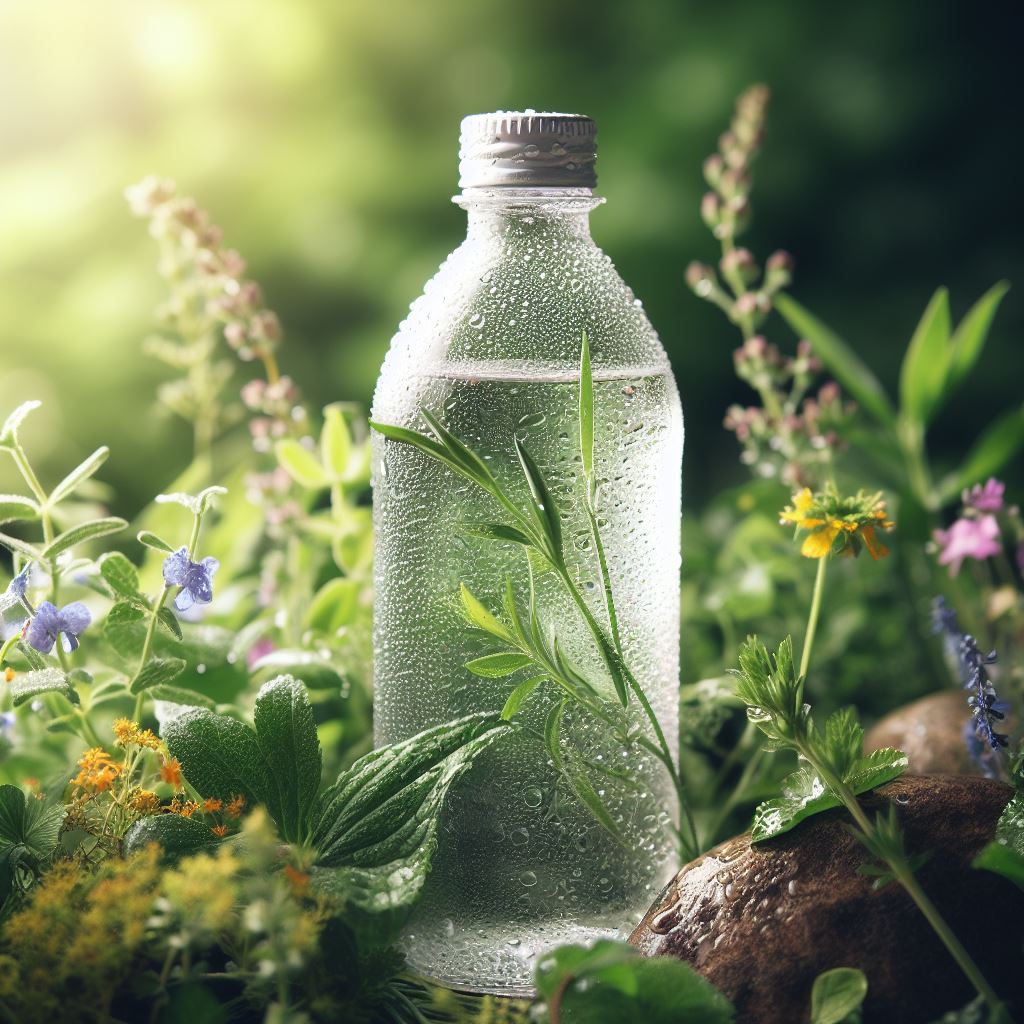
What Is Spring Water (What Is The Difference Between Drinking Water And Purified Water)
Spring water is water that comes from a natural spring, which is a location where water flows naturally from the ground. It is often considered a pristine source of water because it emerges from underground aquifers, which are layers of permeable rock, gravel, or sand that contain or transmit groundwater.
Here are some key characteristics of spring water:
1. Natural Source
Spring water is sourced directly from natural springs, where water emerges naturally from the ground. Springs are often found in areas where the earth’s crust allows water to percolate and resurface.
2. Mineral Content
Spring water typically contains minerals that it has picked up from the rocks and soil through which it has flowed. These minerals can include calcium, magnesium, potassium, and trace elements, contributing to the water’s taste and potential health benefits.
3. Collection and Bottling
Spring water is commonly collected at the source and may be bottled directly without undergoing extensive treatment or purification. Some minimal processing may occur to meet safety and quality standards.
4. Taste Profile
The presence of minerals in spring water can impart a distinct taste. Many people appreciate the unique and refreshing taste of spring water, which can vary based on the specific mineral composition.
5. Health Perceptions
Some individuals associate spring water with health benefits due to its natural origin and mineral content. The minerals present in spring water can contribute to overall mineral intake, although it’s important to note that the amounts are usually not significant compared to a balanced diet.
6. Regulatory Standards
Spring water, like other types of bottled water, is subject to regulatory standards set by health authorities. These standards may vary by region, but they generally ensure the safety and quality of the water.
It’s important to note that not all bottled water labeled as “spring water” comes directly from natural springs. Some bottled water products may use the term “spring water” to describe water that is treated or sourced from multiple springs.
Reading the label and understanding the source of the water can provide insights into its characteristics.
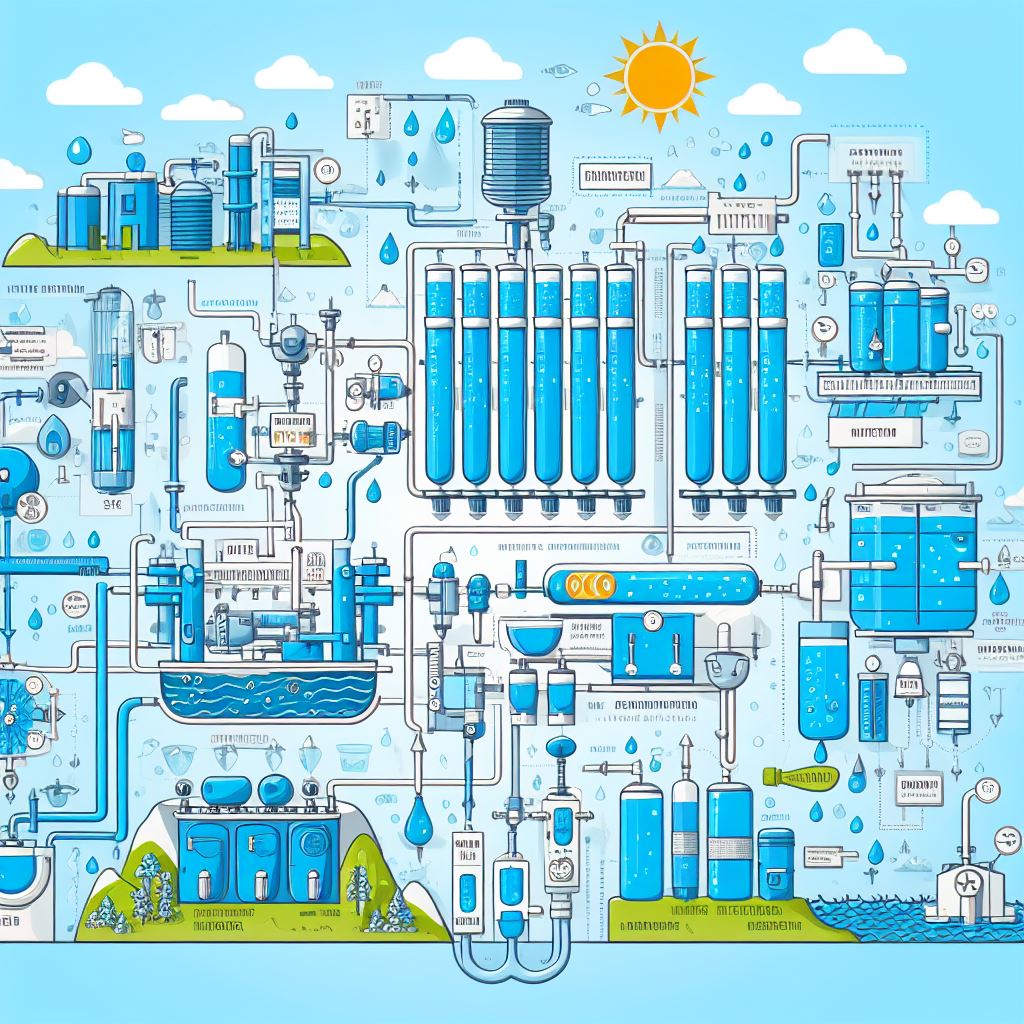
Purified Water Vs Spring Water (What Is The Difference Between Drinking Water And Purified Water)
| Feature | Purified Water | Spring Water |
| Source | Various sources (municipal, wells, etc.) | Natural springs |
| Treatment Process | Distillation, reverse osmosis, filtration | Minimal treatment to maintain purity |
| Mineral Content | Varies (may be reduced during purification) | Naturally present from underground sources |
| Taste | Neutral, absence of distinct flavors | Distinct taste from minerals |
| Consistency | Consistent quality, taste, and clarity | Quality may vary based on location |
| Applications | Drinking, cooking, general purposes | Drinking, cooking, general purposes |
| Environmental Impact | Bottled options contribute to plastic waste | Bottled options contribute to plastic waste, some brands offer eco-friendly packaging |
| Considerations | May be preferred in areas with water quality concerns | Preferred for natural taste and potential mineral benefits |
| Regulation | Subject to regulatory standards for bottled water | Subject to regulatory standards for bottled water |
| Cost | Varies depending on brand and packaging | Varies depending on brand and packaging |
It’s important to note that both purified water and spring water can be safe and suitable for consumption. The choice between them often depends on individual preferences, tastes and considerations such as environmental impact.
Reading labels and understanding the source of the water can provide insights into their characteristics.
Purified Water Vs Distilled Water (What Is The Difference Between Drinking Water And Purified Water)
| Feature | Purified Water | Distilled Water |
| Source | Various sources (municipal, wells, etc.) | Produced through the distillation process |
| Treatment Process | Distillation, reverse osmosis, filtration | Distillation process to remove impurities, contaminants, and minerals |
| Mineral Content | Varies (may be reduced during purification) | Virtually free from minerals |
| Taste | Neutral, absence of distinct flavors | May have a “flat” taste due to the absence of minerals |
| Consistency | Consistent quality, taste, and clarity | Consistent high-purity with minimal variations |
| Applications | Drinking, cooking, general purposes | Laboratory use, medical applications, irons, and other applications requiring high-purity water |
| Environmental Impact | Bottled options contribute to plastic waste | Bottled options contribute to plastic waste, some brands offer eco-friendly packaging |
| Considerations | May be preferred in areas with water quality concerns | Preferred for applications requiring very high-purity water |
| Regulation | Subject to regulatory standards for bottled water | Subject to regulatory standards for bottled water |
| Cost | Varies depending on brand and packaging | Varies depending on brand and packaging |
Both purified water and distilled water are typically safe for consumption. The choice between them depends on the specific needs of the application and individual preferences.
Understanding the characteristics of each type of water and considering factors like taste, mineral content, and intended use can help make an informed decision.
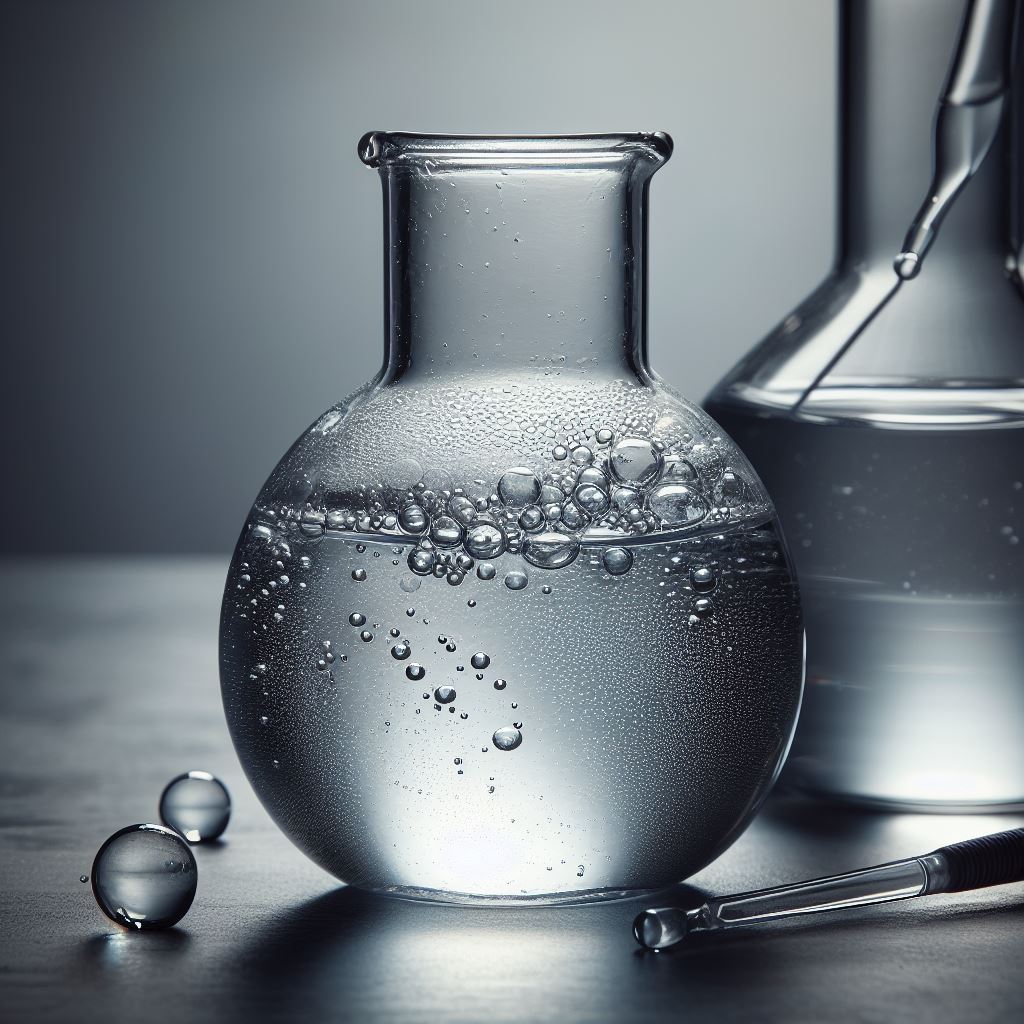
Can I Use Purified Water Instead Of Distilled Water (What Is The Difference Between Drinking Water And Purified Water)
In many cases, you can use purified water as a substitute for distilled water, but it depends on the specific application and the level of purity required. Both purified water and distilled water undergo processes to remove impurities, contaminants, and minerals, but the methods used may vary.
Distilled water: Distilled water is the purest form of water, having undergone a process called distillation that removes all impurities, including minerals and salts. It is typically used in laboratory settings where extremely pure water is required for experiments and analyses.
Purified water: Purified water has undergone a purification process to remove impurities, but it may still contain some minerals and salts.
Purification methods can vary, such as filtration, reverse osmosis, or ultraviolet (UV) treatment. Purified water is generally safe to drink and is often used in homes and businesses.
Substituting purified water for distilled water:
- For laboratory use: Distilled water is the preferred choice for laboratory applications, as its purity ensures consistent results and avoids interference from unwanted substances. Purified water may not meet the stringent purity requirements of sensitive laboratory experiments.
- For drinking: Purified water is generally safe to drink and can be used as a substitute for distilled water in most cases. However, if you have specific dietary needs or concerns about mineral content, consult with a healthcare professional.
- For other applications: For other uses, such as cleaning or refilling humidifiers, purified water is often an acceptable alternative to distilled water. However, always check the specific requirements of the appliance or application to ensure purified water is suitable.
In general, distilled water is the preferred choice for applications where extreme purity is required, such as laboratory work. For everyday use, purified water is a safe and convenient choice for drinking and various household applications.
Does Purified Water Have Minerals (What Is The Difference Between Drinking Water And Purified Water)
The mineral content of purified water can vary depending on the purification method used. Purified water is processed to remove impurities, contaminants, and minerals, but the extent of mineral removal depends on the purification process.
Common methods used for purifying water include:
- Reverse Osmosis (RO): This process uses a semi-permeable membrane to remove impurities and contaminants, including minerals. RO can significantly reduce the mineral content of water.
- Distillation: Distillation encompasses heating water to create steam, which is then condensed back into liquid form. This process effectively removes minerals along with impurities.
- Deionization (DI): DI involves passing water through ion-exchange resins to remove ions, including minerals. This process can contribute to lowering mineral content.
- Filtration: Various filtration methods, such as activated carbon filtration, can remove impurities, sediment, and some minerals, but the effectiveness depends on the specific type of filter used.
While these methods can reduce the mineral content of water, it’s important to note that some minerals may still be present in trace amounts. Additionally, certain purification processes may be designed to retain certain minerals to improve taste and maintain a balance in the water.
The Bottom Line On What Is The Difference Between Drinking Water And Purified Water
Understanding “what is the difference between drinking water and purified water” is crucial for making informed choices about the water we consume. While both serve the purpose of hydration, the variance in sourcing, treatment, and mineral content can influence preferences.
Whether opting for the consistent purity of purified water or savoring the natural taste of drinking water, the key lies in aligning your choice with health considerations, taste preferences, and environmental consciousness.
